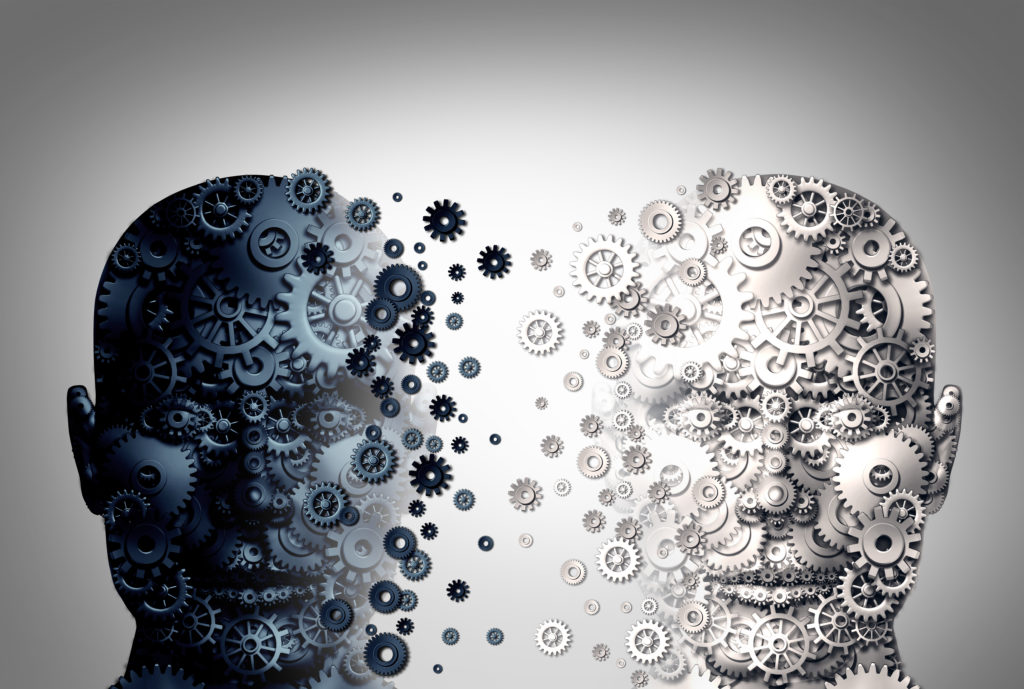Search Results
Showing Results for risk factors
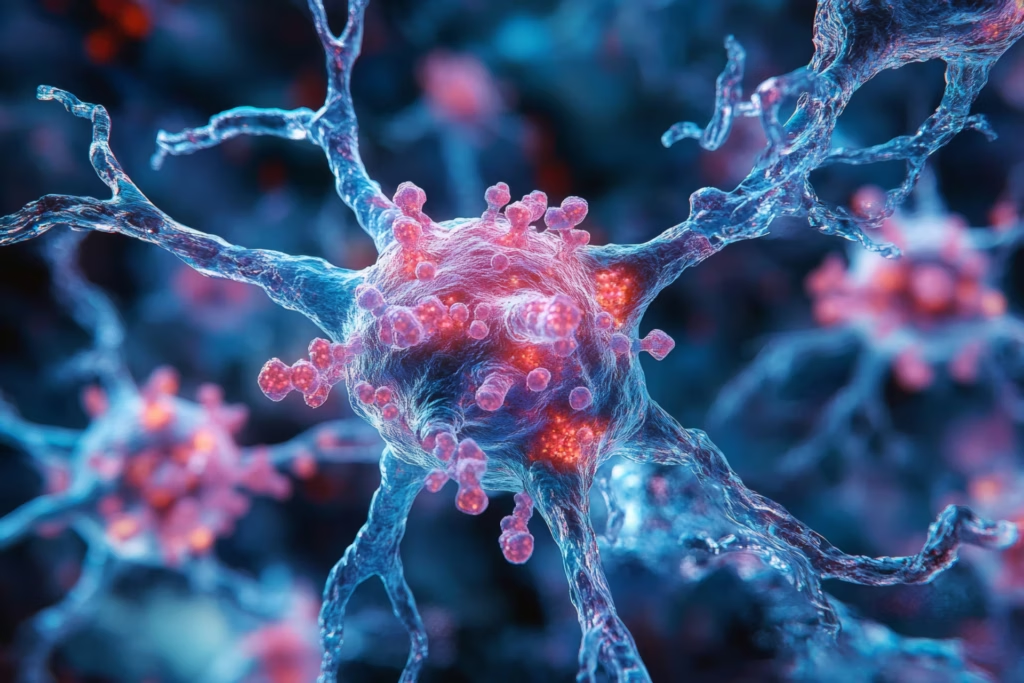
Prof. Bengt Winblad shares insights EAN 2025 on the evolving landscape of Alzheimer’s diagnosis and treatment. He discusses the growing role of biomarkers, the balance between early detection and clinical accuracy, and the challenges posed by the COVID-19 pandemic on dementia care. Prof. Winblad also explores emerging therapies, including monoclonal antibodies, and highlights the importance of combining biomarkers with cognitive testing to improve diagnostic precision and address the rise in undiagnosed cases post-pandemic.
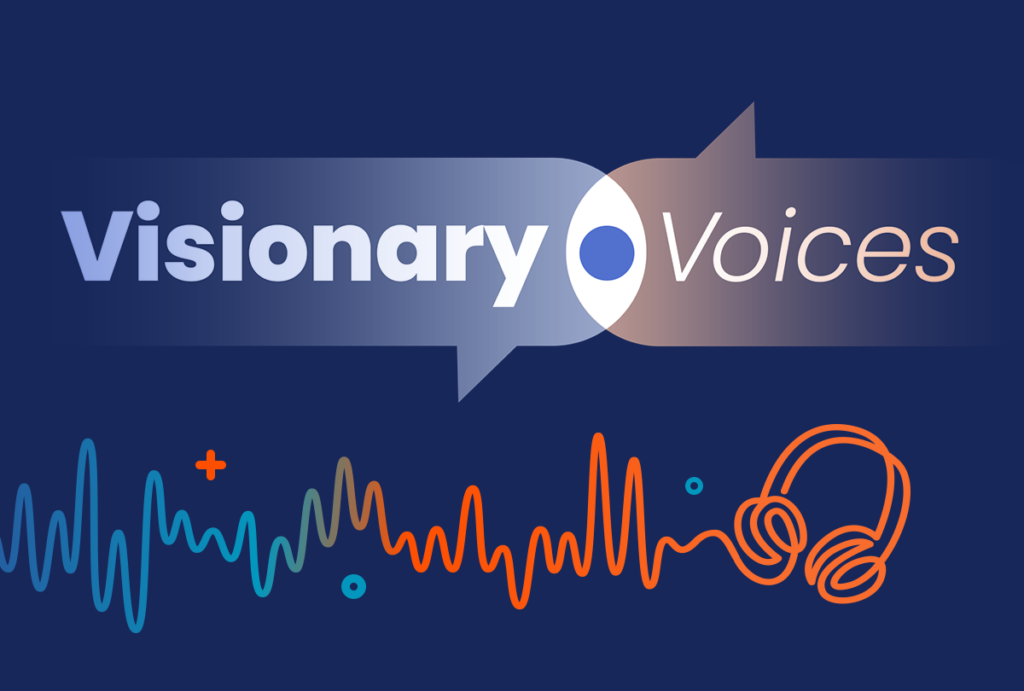
Physician burnout is at a critical point. In this episode, Nicky speaks with Dr Alfred Atanda about why so many physicians are burning out and what can be done to change the trend. From personal experience to system-wide solutions, Dr Atanda shares valuable insights on improving physician well-being and building a more effective healthcare culture.
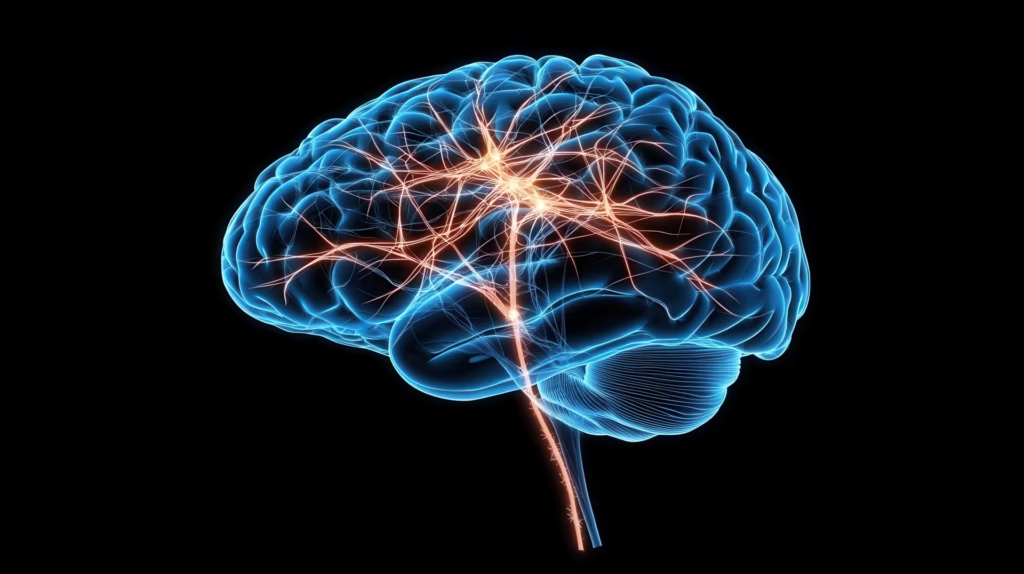
Amyotrophic lateral sclerosis (ALS) is characterized by the degeneration of both upper and lower motor neurons, which ultimately leads to muscle weakness, atrophy, spasticity and contractures.1 ALS typically manifests in the 50–60 years age range, although familial cases may present in ...
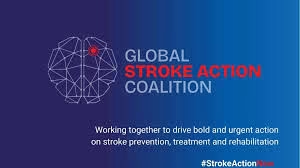
Launching today, the world’s first multisector advocacy movement dedicated to stroke - the Global Stroke Action Coalition - has issued an urgent call to action to address growing inequities in stroke. Already a leading cause of death and disability, without intervention, the global burden of stroke is projected to rise by a further 50% over the next 25 years, claiming 100 million lives and costing US$1.6 trillion each year.
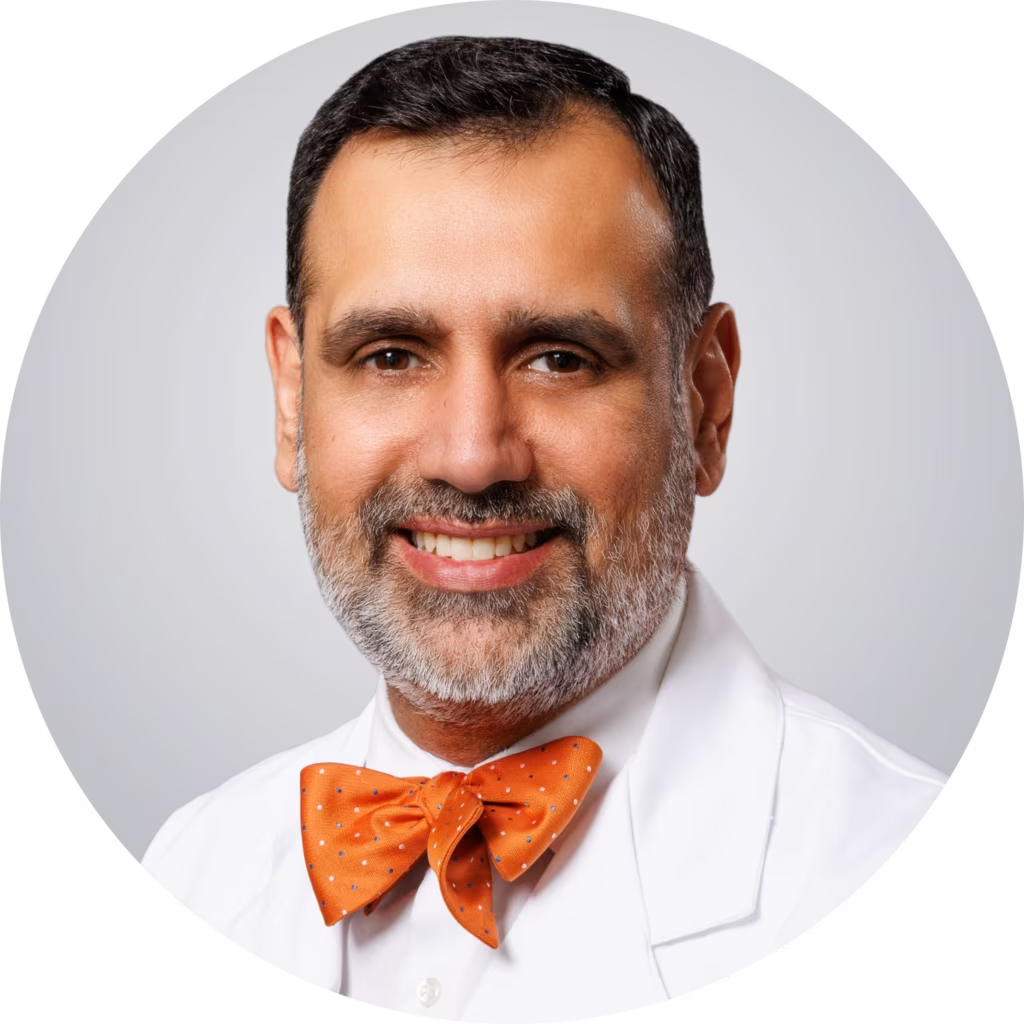
Over the past two decades, the understanding and management of multiple sclerosis (MS) have advanced dramatically, reshaping long-held views of the disease. MS is now increasingly seen as a continuous spectrum rather than a condition with distinct phases, with evidence showing it can begin silently, even before clinical symptoms emerge. Technological and diagnostic innovations have enabled the detection of early brain changes and biomarkers, opening doors to earlier diagnosis and intervention. New diagnostic criteria allow MS to be identified without a clinical event, and studies on disease-modifying therapies (DMTs) support the benefits of early treatment. A major shift in treatment strategy is also underway, emphasizing early, aggressive approaches and therapies that target progression rather than just relapses, which are no longer seen as the main driver of long-term disability. A pivotal development in MS research is the confirmation of Epstein–Barr virus (EBV) as a fundamental trigger of the disease, with new evidence pointing to specific viral protein regions as higher-risk factors. Despite these strides, MS research remains a dynamic and evolving field, with much still to be uncovered beneath the surface.
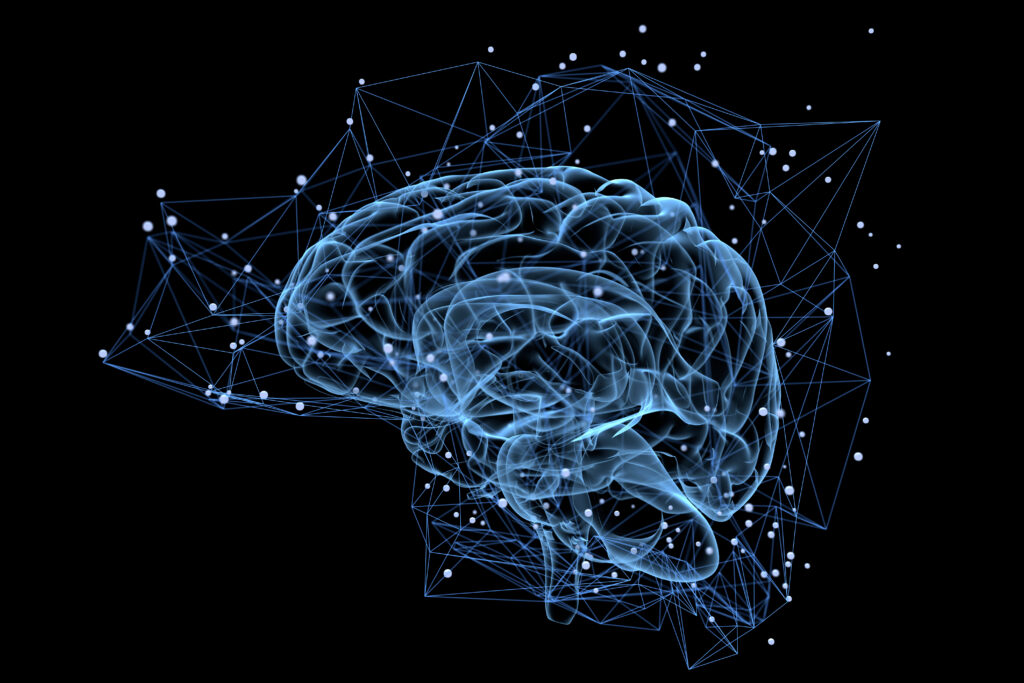
The prevalence of unruptured intracranial aneurysms (IAs) is approximately 3% of the population, with incidence on the rise due to the increased utilization of neuro-imaging for diverse objectives.1,2 The average risk of rupture for unruptured IA is estimated to vary from 0.3% ...

Seizures are one of the most frequent neurological disorders in neonates − the incidence of seizures in infants born at term is 1–3 per 1,000 live births, and is even higher in both preterm and very-low-birth-weight infants at 1–13 per 1,000 live births.1 Seizures may ...

Living with multiple sclerosis (MS) can present numerous challenges, and for individuals in rural communities, those challenges can be even more pronounced. In rural areas, access to MS specialists can be limited, and often rural hospitals and clinics are the primary locations where residents seek diagnosis and care for MS.
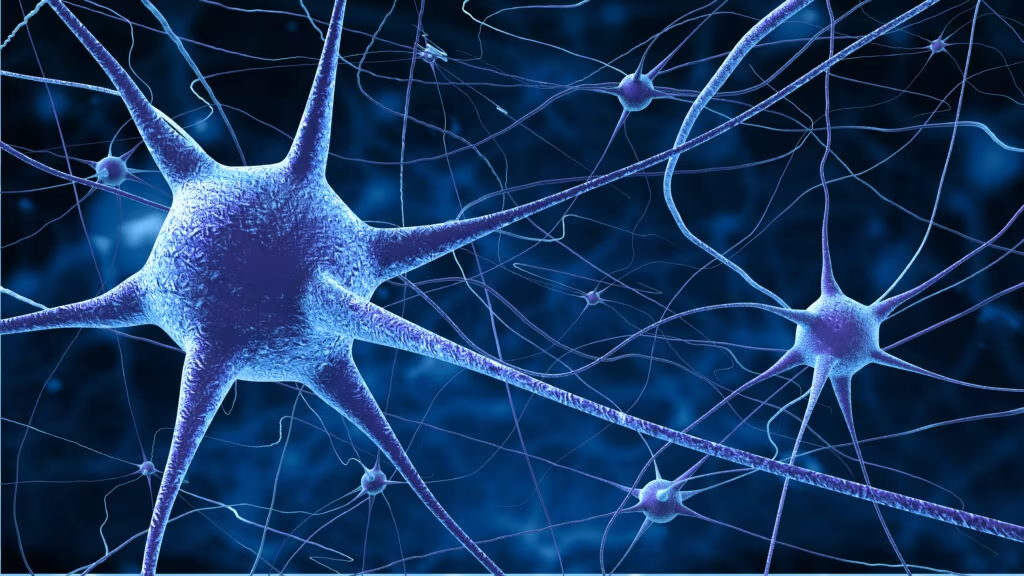
Chronic inflammatory demyelinating polyradiculoneuropathy (CIDP) is a rare, autoimmune neurological disorder in which peripheral nerve demyelination typically results in weakness, impaired limb sensation, fatigue and pain.1–4 CIDP may adversely affect activities of daily living, with a substantial impact on functional ...

Article highlights Multiple screening tests are available to screen patients for cognitive impairment, and the Confusion Assessment Method is a helpful test to screen for delirium in the immediate postoperative period. Medicine reconciliation and identification and removal of potentially inappropriate ...
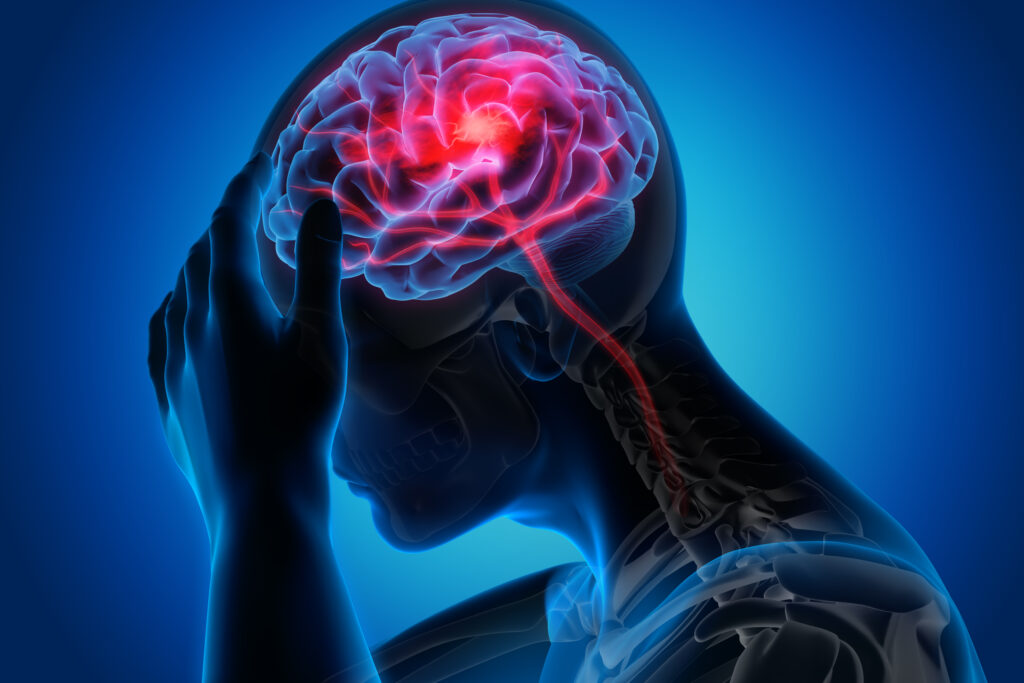
A study published in The Lancet Neurology reveals a troubling stagnation in the progress against stroke burden worldwide, with incidence rates failing to decline significantly since 2015. This analysis of the Global Burden of Disease (GBD) Study 2021 shows that the absolute numbers of strokes, related deaths and disability-adjusted life years (DALYs) have all risen considerably from 1990 to 2021, despite earlier global efforts aimed at reducing stroke mortality
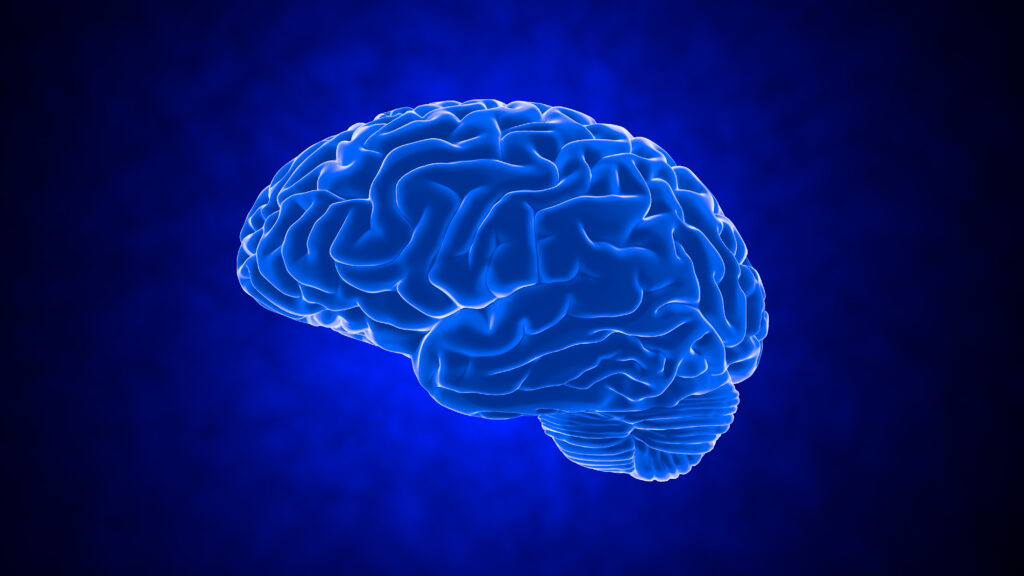
What is the Stroke Action Plan for Europe? Stroke is one of the most enormous burdens to healthcare services.1 Despite our combined efforts, it affects more than one million people annually in Europe. Although we have abundant knowledge regarding stroke ...
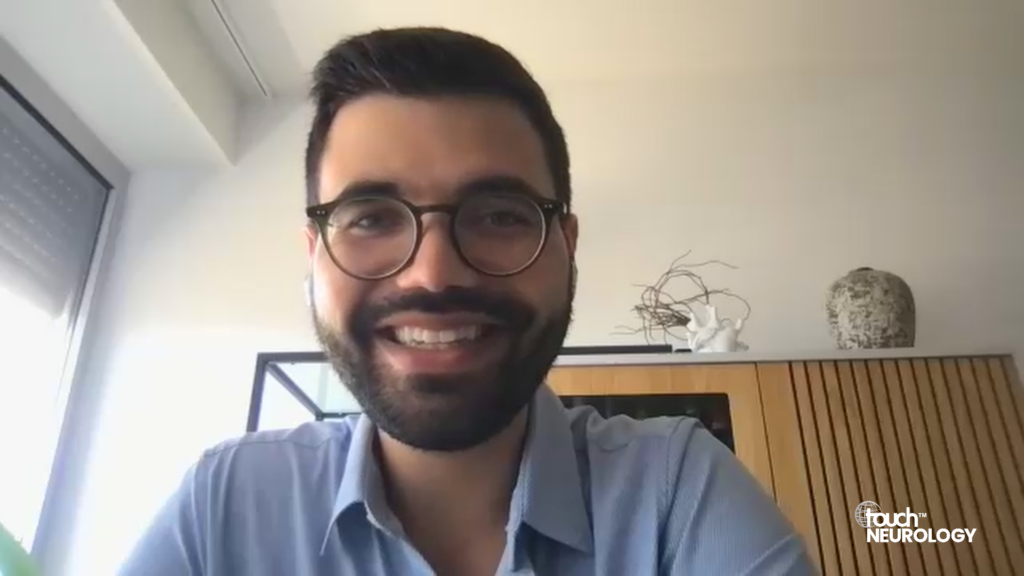
Key topics and highlights from the Late-Breaking News session at the European Academy of Neurology (EAN) meeting are discussed in this interview, where Dr. Miguel Miranda provides valuable insights. He addresses unmet medical needs in dementia, aging, and movement disorders, drawing on his experience from Unidade Funcional de Neurologia, Hospital de Cascais Dr. José de Almeida, Cascais, Portugal, as he joins touchNEUROLOGY.

The European Academy of Neurology (EAN) 2024 meeting, held in Helsinki, Finland, provided the many neurologists and allied health professionals in attendance with a high-quality scientific program. This year's theme, "Neuromodulation: Advances and Opportunities in Neurological Diseases," encompassed a wide range of exciting topics. Here are some of our symposium highlights:

A neurologist and a neuro-ophthalmologist discuss best practices for early diagnosis and treatment of NMOSD







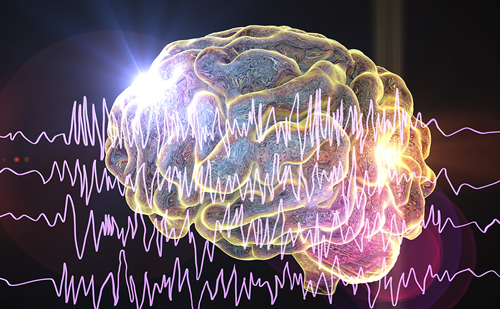
Affecting over 70 million patients worldwide, epilepsy is a chronic neurological disorder characterized by intermittent bursts of hyper-synchronous neuronal discharges.1 The manifestations are variable but reflective of the unique milieu and biology of epileptogenic foci.2 Pharmacological treatment with antiepileptic drugs (AEDs) ...
Latest articles videos and clinical updates - straight to your inbox
Log into your Touch Account
Earn and track your CME credits on the go, save articles for later, and follow the latest congress coverage.
Register now for FREE Access
Register for free to hear about the latest expert-led education, peer-reviewed articles, conference highlights, and innovative CME activities.
Sign up with an Email
Or use a Social Account.
This Functionality is for
Members Only
Explore the latest in medical education and stay current in your field. Create a free account to track your learning.



